TIP413: THE “BUY” LIST FOR 2022
W/ EDDY ELFENBEIN
13 January 2022
Trey Lockerbie sits down with Eddy Elfenbein. Eddy is the founder of Crossing Wall Street, which is a financial blog that’s been running for 17 years. He’s also the portfolio manager for an ETF based on his Buylist that he releases once per year. Interestingly enough, the list holds 25 stocks and is only rebalanced or changed at the end of the year. The buy list has beaten the S&P 500 by 61% since inception.
IN THIS EPISODE, YOU’LL LEARN:
- What’s on the buy list for 2022.
- What it takes to qualify to make it onto the list.
- How Eddy thinks through selling and rebalancing the portfolio.
- Individual companies that stood out to Trey in the list, and also Eddy’s top pick.
- Eddy’s thoughts on the recent jobs numbers and markets today.
- And much much more!
TRANSCRIPT
Disclaimer: The transcript that follows has been generated using artificial intelligence. We strive to be as accurate as possible, but minor errors and slightly off timestamps may be present due to platform differences.
Trey Lockerbie (00:02):
On today’s episode, I sit down with Eddy Elfenbein. Eddy is the founder of Crossing Wall Street, which is a financial blog that’s been running for 17 years. He’s also the portfolio manager of an ETF based on his “buy list” that he releases once per year. Interestingly enough, the list holds 25 stocks and is only rebalanced or changed at the end of the year. The buy list has beaten the S&P 500 by 61% since inception. In this episode, we discuss what’s on the buy list for 2022, what it takes to qualify to make it onto the list, how Eddy thinks through selling and rebalancing the portfolio, individual companies that stood out to me on the list, and also Eddy’s top pick. Eddy’s thoughts on the recent jobs numbers, Fed announcements and the markets today, and much, much more. I found Eddy’s approach and more importantly conviction simply fascinating, and I thoroughly enjoy the discussion. With that, please enjoy this conversation with Eddy Elfenbein.
Intro (01:04):
You are listening to The Investor’s Podcast, where we study the financial markets and read the books that influence self-made billionaires the most. We keep you informed and prepared for the unexpected.
Trey Lockerbie (01:24):
Welcome to The Investor’s Podcast. I’m your host, Trey Lockerbie, and today I am very pleased to have with me, Eddy Elfenbein. Welcome to the show.
Eddy Elfenbein (01:33):
Thanks for having me.
Trey Lockerbie (01:35):
I’ve really been enjoying following you on Twitter, initially, and now we’ve gotten to know each other a little bit, and you have such an interesting story that I thought it would be great to explore it here on the show, which is you essentially started out blogging about the markets. That was a little while ago when you’ve now parlayed that into managing a fund and an ETF and creating this list that’s very widely followed. So, I want to understand what you were doing when you started the blog and how it has grown from there.
Eddy Elfenbein (02:04):
I started the blog in about 2005, and that’s at the time blogging was growing. I think the first person that I read continuously as a blogger was Barry Ritholtz, and I’ve gotten to know him over the years, wonderful guy, and huge motivation and leading me that you could do something in the blogging world and write something interesting. It was a very fresh and exciting world. And this was before the major financial meeting companies had a web presence. So, I remember at one point Barron’s in 2005 featured… They had a little segment that they would feature about bloggers, the internet, and investing. And it was in October of 2005 I was featured very, very small blurb in Barron’s along with Joe Weisenthal at the same time. And now he’s at Bloomberg and his own financial media powerhouse, but we were just two bloggers just starting out.
HELP US OUT!
Help us reach new listeners by leaving us a rating and review on Apple Podcasts! It takes less than 30 seconds, and really helps our show grow, which allows us to bring on even better guests for you all! Thank you – we really appreciate it!
BOOKS AND RESOURCES
NEW TO THE SHOW?
- Check out our We Study Billionaires Starter Packs.
- Browse through all our episodes (complete with transcripts) here.
- Try our tool for picking stock winners and managing our portfolios: TIP Finance Tool.
- Enjoy exclusive perks from our favorite Apps and Services.
P.S The Investor’s Podcast Network is excited to launch a subreddit devoted to our fans in discussing financial markets, stock picks, questions for our hosts, and much more! Join our subreddit r/TheInvestorsPodcast today!
SPONSORS
- See the all-new 2022 Lexus NX and discover everything it was designed to do for you. Welcome to the next level.
- Yieldstreet allows you to invest beyond the stock market with an evolving marketplace of alternative investments. Create your account today.
- Push your team to do their best work with Monday.com Work OS. Start your free two-week trial today.
- Every 28 seconds an entrepreneur makes their first sale on Shopify. Access powerful tools to help you find customers, drive sales, and manage your day-to-day. Start a FREE fourteen-day trial right now!
- Get the most from your bitcoin while holding your own keys with Unchained Capital. Begin the concierge onboarding process on their site. At the checkout, get $50 off with the promo code FUNDAMENTALS.
- Find Pros & Fair Pricing for Any Home Project for Free with Angi.
- Get access to some of the most sought-after real estate in the U.S. with Crowdstreet.
- Be part of the solution by investing in companies that are actively engaged in integrating ESG practices with Desjardins.
- Canada’s #1 employee benefits plan for small businesses! The Chambers Plan evolves with the way you work and live while keeping the rates stable. Opt for the simple, stable, and smart choice for your business.
- Reclaim your health and arm your immune system with convenient, daily nutrition. Athletic Greens is going to give you a FREE 1 year supply of immune-supporting Vitamin D AND 5 FREE travel packs with your first purchase.
- Browse through all our episodes (complete with transcripts) here.
- Support our free podcast by supporting our sponsors.
PROMOTIONS
Check out our latest offer for all The Investor’s Podcast Network listeners!








